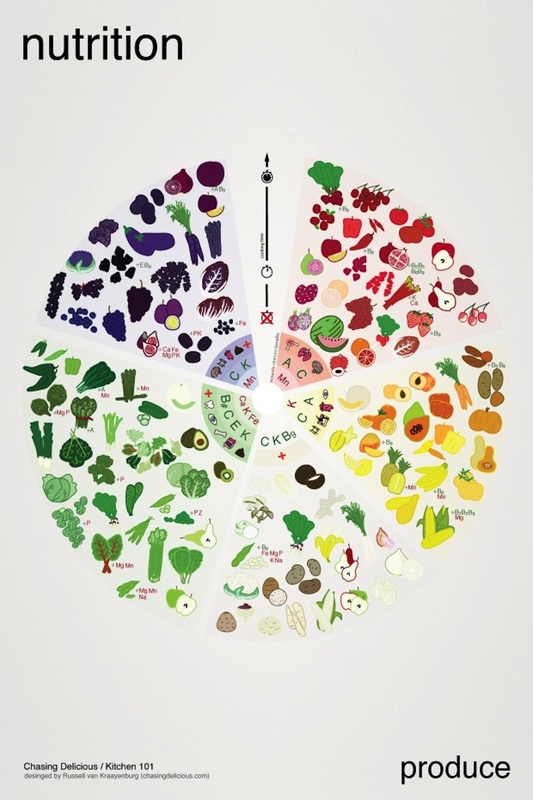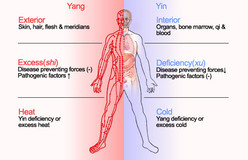Medication & Research
A Chinese Alternative
|
However, according to the Brent Sickle Cell & Thalassaemia Centre, folic- acid supplements take the leading role in making a difference, helping the body create more red blood cells. This Centre contends that tonics containing iron or iron tablets should not be blindly given to children with SCD (3). Patients with SCD have an anemia caused by weak and short-lived blood cells, not anemia caused by lack of iron, known as Iron Deficiency Anemia. Surprisingly, additional vitamins are not needed as long as the basic requirements are thoroughly met in the diet. Adequate Vitamin D must be appeased in children with SCD, via sunlight exposure. Of note, V8 Low Sodium Vegetable Cocktail, Kashi’s Go Lean Cereal, and green’s + bone builder act as high folic-acid supplements (folate).
Taking extra vitamins, supplements and meticulously following RDAs give those with SCD a sense of control by taking action on their condition. But as for actual improvements, the results vary. This may be because Western medicine focuses on removing and measuring the symptoms of a disease as opposed to the holistic approach of Chinese medicine, which always perceives the body as a whole. Despite pin-pointed genetic abnormalities that generalize into statistics as with Sickle Cell Disease, Eastern practice sees the body’s energy differently for every individual (4). Common colds and complex illnesses are seen as imbalances in the Yin and Yang energy systems by blocked energy channels in an individual.
|
According to Chinese Medicine, Sickle Cell diseases are classified as a deficiency in “Yang energy.” Noting that his treatments are not substitutes for qualified professional care, Ugandan Holistic Practitioner, Tariq M. Sawandi recommends these eight herbs (5):
Rehmannia Dioscorea Cornus Poria cocos Moutan Alisma Cinnamon bark Aconite But this basic formula, according to Dr. Henry Li at 39 Medical Centre changes for each individual, and is “Not always the same.” Found in various alternative health stores in the greater Toronto Area, on East Earth Trade Winds online catalogue, and with some Chinese Acupuncture Practitioners in Toronto, these herbs have yet to prove their worth to Western Medicine’s critical eye. Also, on the alternative path to a cure, R.E.A.L Natural Alternative Medicine suggests a herbal combination extract called Niprisan, known as Nicosan (6).The primary constituents of Nicosan are derived from extracts of the following plants: West African or Guinea pepper, Pterocarpus osum stem, cloves and sorghum. The active constituents of this Nicosan mixture include piperine, chavicine, capsaicin and cubebin. In addition, Nigerian doctors have found promise in Fagara (F. zanthoxyloides), known as Wild Lime, as well as the green fruit or leaf of Carica papaya. Garlic has also been mentioned in collective research as a possible sickle cell treatment, along with Pigeon pea seed (Cajanus cajan), studied by the University of Lagos in Nigeria. At the very least, Chinese Medicine could provide a placebo effect via positive attitude amongst those with SCD. But further research may soon suggest real effects that western medicine can’t ignore. References 1 Gee B, Hibbert J, Hyacinth H. (2010). The Role of Nutrition in Sickle Cell Disease. Nutrition and Metabolic Insights, 3: 57-67. doi:10.4137/NMI.S5048 2 A. D. A. M. (2013, March 14). Sickle Cell Anemia Prevention and Lifestyle Changes. The New York Times. Retrieved from http://www.nytimes.com/health/guides/disease/sickle-cell-anemia/prevention-and-lifestyle-changes.html 3 Oni L., Dick M., Walters J. Rees D. (2012). A Parent’s guide to managing sickle cell disease 3rd edition. London: Brent Sickle Cell & Thalassaemia Centre. 4. Jingwen, W. (2011). An Important difference between Chinese and Western Medicine. Epoch Times, Retrieved from http://www.theepochtimes.com/n2/health/an-important-difference-between-chinese-and-western-medicine-55986.html 5. Sawandi, T. (2002). Treating Traditional Sickle Cell Anemia through traditional Chinese Medicine. Retrieved from http://www.blackherbals.com/treating_sickle_cell_anemia_thro.htm 6. Adams, C. (n.d.). Botanicals Show Promise for Sickle Cell Anemia Treatment. R. E. A. L. Natural. Retrieved from http://www.realnatural.org/traditional-natural-herbs-treating-sickle-cell-anemia-with-success/ |


